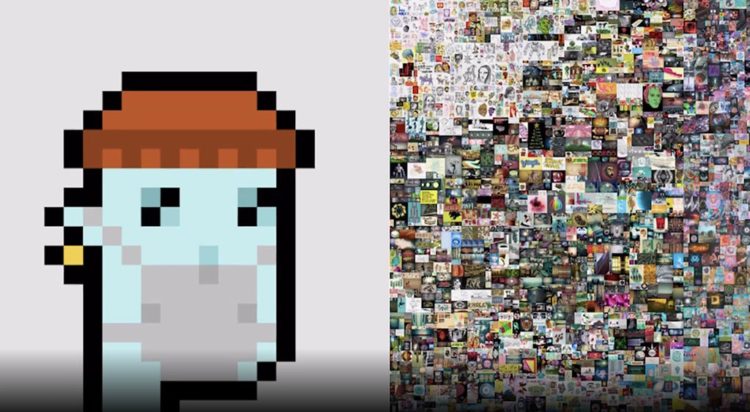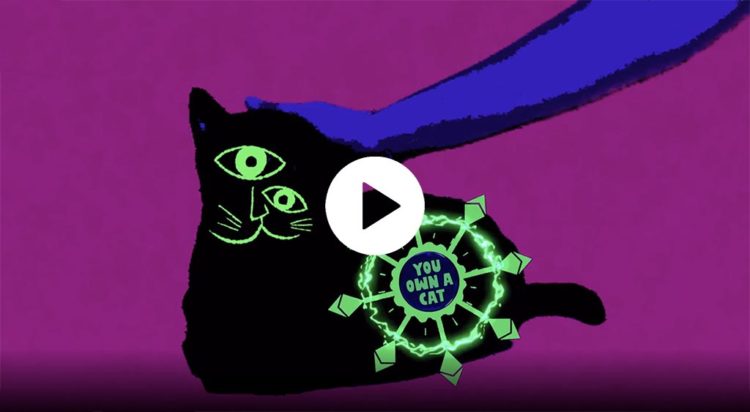December 1, 2021
At this point even people who live under rocks are aware that blockchain technology has disrupted the world of currency—and probably even that NFTs (non-fungible tokens) have been disrupting sales of art this year.

In fact, sales of NFTs have soared to a staggering high. The wow factor started with the sale of Everydays: The First 5000 Days by Mike Winkelman (aka Beeple) at a Christie’s auction on March 12, 2021 for $69,346,000. Even with that sale, the total sales of NFTs in the first three months of the year totalled $509m. In the second quarter, that went up to $755m. But by the third quarter of this year, that total reached $10.7bn—and it’s still going up.
NFTs allow artists to sell artwork in a way that allows them to receive ongoing commissions from every sale of their artwork in perpetuity. There’s a lot of art “dropped” in the NFT space that is specifically digitally-produced art but it’s this guarantee of ongoing income if the artwork ends up being re-sold at a profit that is appealing even to artists whose original medium is non-digital.
The Financial Times (FT) has published an excellent video that explains many aspects of the NFT market really well. It includes a vignette of an artist’s journey through initial curiosity with the NFT market through making his first “drop” and discovering the craziness (I’m going to call it that) of the secondary sales market. It’s not quite as thorough as a YouTube video dedicated to showing you “how to make and sell your first NFT” would be, but it gives an indication of how easy/not-easy the process is. It also includes ideas of value-add-ons that can be embedded in the NFT (for example, some of the work-in-progress background, a studio visit, or a charitable donation).
One important point I think they missed is the high environmental impact of NFTs. As a blockchain technology, the process of minting and selling NFTs is energy-intensive. That’s an understatement that I’m not going to elaborate on here but you should Google it if you’re thinking of selling your art in the NFT market.
You can watch the FT video here:

Interestingly, the artist whose entry into the NFT market is featured in this video is someone whose work is not digitally created (he sells a digital copy of the artwork). Most of the work in the NFT space is digitally-created (some of it absolutely brilliant; a lot of it not so much). This raises another issue that the FT video did not cover (either for digitally-created art or material-based art)—which is that you would want to have an entry strategy for getting going in this very hot market.
Just as a website or a social media account needs strategy to gain lift-off among the competition, you’d definitely want a digital marketing strategy to launch a successful entry into the NFT space. Feel free to get in touch if you think your artwork needs this or any other kind of digital marketing.





